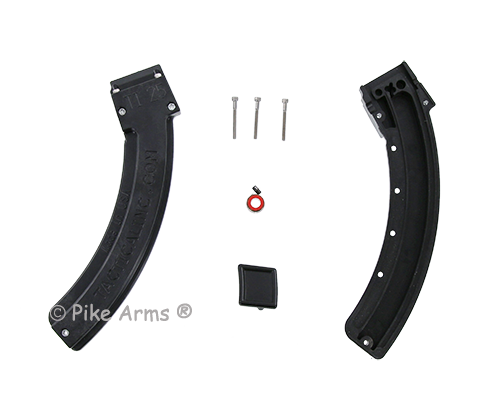


|
CLEANING, BREAK-IN & FOR TI25 MAGS
AJDUSTMENT PROCEEDURE FOR TI25 MAGS
|
 WARNING: This product can expose you to chemicals including lead, which are known to the State of California to cause cancer and birth defects or other reproductive harm. For more information go to www.P65Warnings.ca.gov.
WARNING: This product can expose you to chemicals including lead, which are known to the State of California to cause cancer and birth defects or other reproductive harm. For more information go to www.P65Warnings.ca.gov.